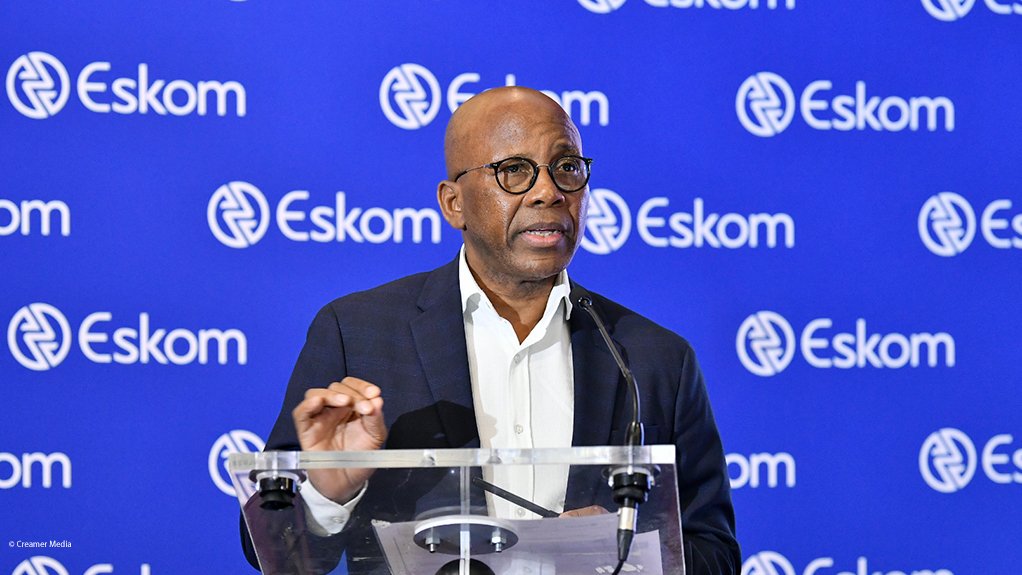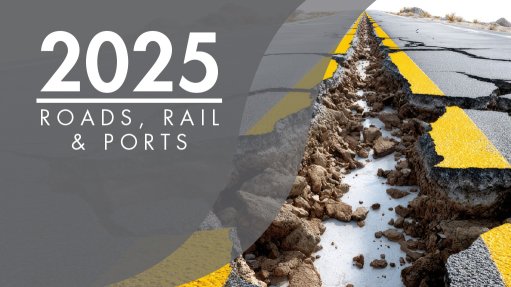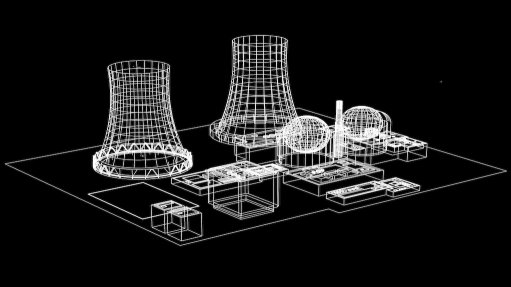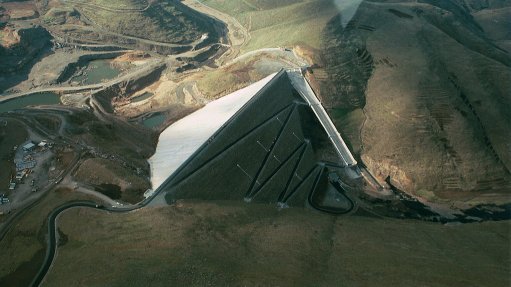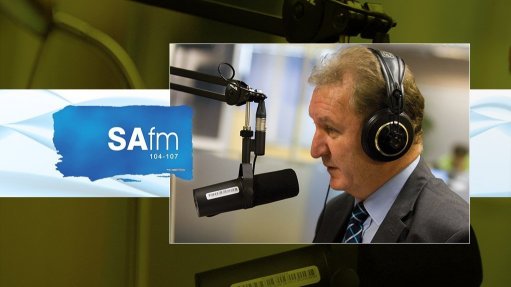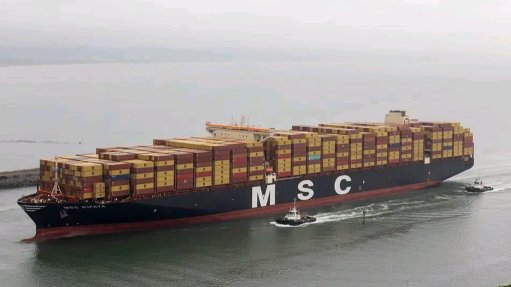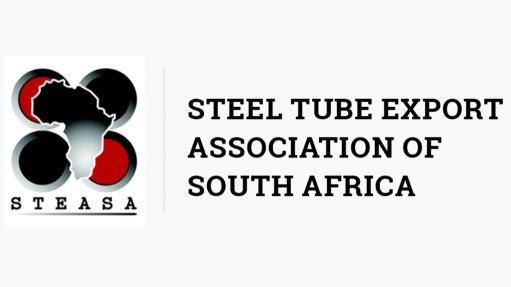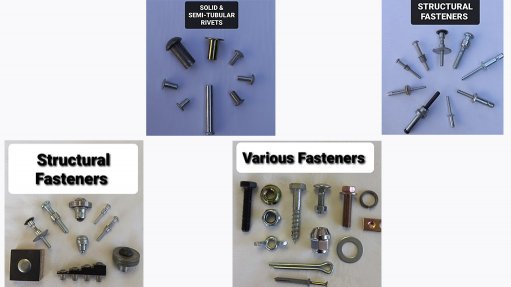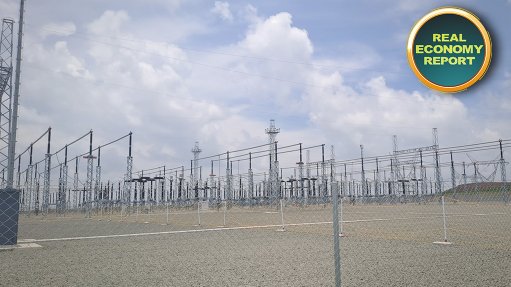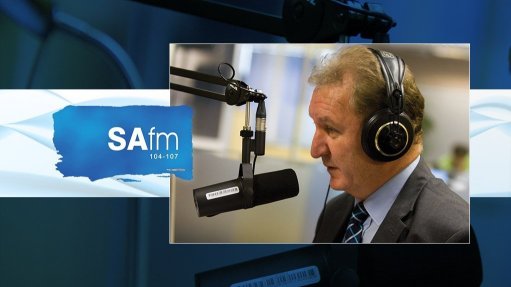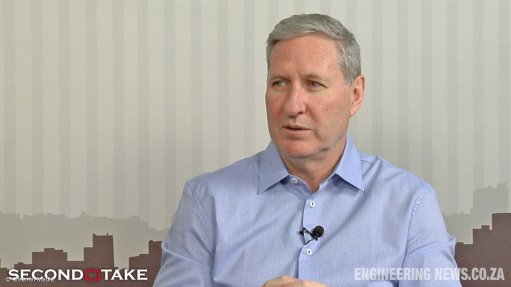Eskom chair says future tariff hikes should be in line with inflation
Eskom chairperson Mteto Nyati says the next mission of the board is to drive electricity affordability in a way that ensures that future electricity tariff increases do not exceed the rate of inflation.
Speaking during a PSG webinar Nyati said that significant progress had been made on stabilising energy security and that the board’s new directive to management was to ensure a moderation in tariff increases.
“We should not be able to see tariff increases that are above CPI,” he said. “They need to be single digits, very much in line with everything else in society.”
Statistics South Africa announced that the consumer price index, or CPI, was 3.3% in August.
Nyati’s statement follows years of surging tariff hikes, which has seen Eskom’s standard tariff rising in nominal terms from below 20c/kWh in 2005 to about 220c/kWh currently.
It also comes after a 12.75% hike on April 1, and amid warnings by some electricity-intensive businesses, especially in the ferrochrome sector, that they may close additional capacity, largely because of high electricity tariffs.
In addition, it follows a recent behind-closed doors settlement between Eskom and the National Energy Regulator of South Africa (Nersa) that will result in higher tariff increases than those approved as part of the current three-year tariff cycle.
This, after the regulator acknowledged that it had made errors in the calculation of Eskom’s regulated asset base, which had resulted in it approving lower allowable revenue for the 2026, 2027 and 2028 financial years than should have been the case.
As a result Eskom would be allowed to claw back R54-billion in the tariff over the coming few years, with the first R35-billion to be recovered in the next two years, leading to tariffs rising by 8.76% in April next year instead of the 5.36% approved previously, and by 8.83% in the following year instead of 6.19%.
The R19-billion balance will be recovered in the subsequent tariff cycle and there are still several outstanding approvals in favour of Eskom arising from regulatory clearing account applications that have not yet been liquidated.
Nyati indicated that the rise in tariffs could be brought under control through cost-cutting initiatives at Eskom and by the further integration of cheaper renewable electricity into the South African grid.
Speaking ahead of the utility’s results presentation, he said that Eskom would seek to remove R112-billion from its cost base over the coming five years, but did not provide details.
He also highlighted the potential affordability benefits of adding more renewables, while again insisting that Eskom should be allowed to play a larger role in the market alongside independent power producers.
“In fact, what we have seen in other countries is that as you integrate more and more renewables, sometimes the cost can come down. So that’s exactly where we want to be.”
Eskom is in the process of establishing a standalone renewables business, with an initial focus of building solar PV and wind capacity alongside coal stations that will be retired by 2030.
Eskom has already issued a tender seeking offtaker bids for 291 MW of renewable electricity to be generated from plants to be built as part of its repowering strategy.
Somewhat controversially, the tender implies the trading of electricity at a time when Eskom has launched a legal challenge to Nersa’s issuance of five new trading licences in 2024, despite several traders having been licensed prior to that date and subsequently.
The case has also reportedly not been withdrawn despite Electricity and Energy Minister Dr Kgosientsho Ramokgopa calling on Eskom to do so in light of a three-month Nersa-led process to finalise the trading rules Eskom claims to be absent.
Asked about the matter, Nyati acknowledged the Nersa process but also insisted that Eskom required certainty.
“We are not against competition, we are against an unfair trading environment,” he said, likening the current framework to expecting Eskom to compete “with our hands tied behind our back”.
Article Enquiry
Email Article
Save Article
Feedback
To advertise email advertising@creamermedia.co.za or click here
Comments
Press Office
Announcements
What's On
Subscribe to improve your user experience...
Option 1 (equivalent of R125 a month):
Receive a weekly copy of Creamer Media's Engineering News & Mining Weekly magazine
(print copy for those in South Africa and e-magazine for those outside of South Africa)
Receive daily email newsletters
Access to full search results
Access archive of magazine back copies
Access to Projects in Progress
Access to ONE Research Report of your choice in PDF format
Option 2 (equivalent of R375 a month):
All benefits from Option 1
PLUS
Access to Creamer Media's Research Channel Africa for ALL Research Reports, in PDF format, on various industrial and mining sectors
including Electricity; Water; Energy Transition; Hydrogen; Roads, Rail and Ports; Coal; Gold; Platinum; Battery Metals; etc.
Already a subscriber?
Forgotten your password?
Receive weekly copy of Creamer Media's Engineering News & Mining Weekly magazine (print copy for those in South Africa and e-magazine for those outside of South Africa)
➕
Recieve daily email newsletters
➕
Access to full search results
➕
Access archive of magazine back copies
➕
Access to Projects in Progress
➕
Access to ONE Research Report of your choice in PDF format
RESEARCH CHANNEL AFRICA
R4500 (equivalent of R375 a month)
SUBSCRIBEAll benefits from Option 1
➕
Access to Creamer Media's Research Channel Africa for ALL Research Reports on various industrial and mining sectors, in PDF format, including on:
Electricity
➕
Water
➕
Energy Transition
➕
Hydrogen
➕
Roads, Rail and Ports
➕
Coal
➕
Gold
➕
Platinum
➕
Battery Metals
➕
etc.
Receive all benefits from Option 1 or Option 2 delivered to numerous people at your company
➕
Multiple User names and Passwords for simultaneous log-ins
➕
Intranet integration access to all in your organisation



